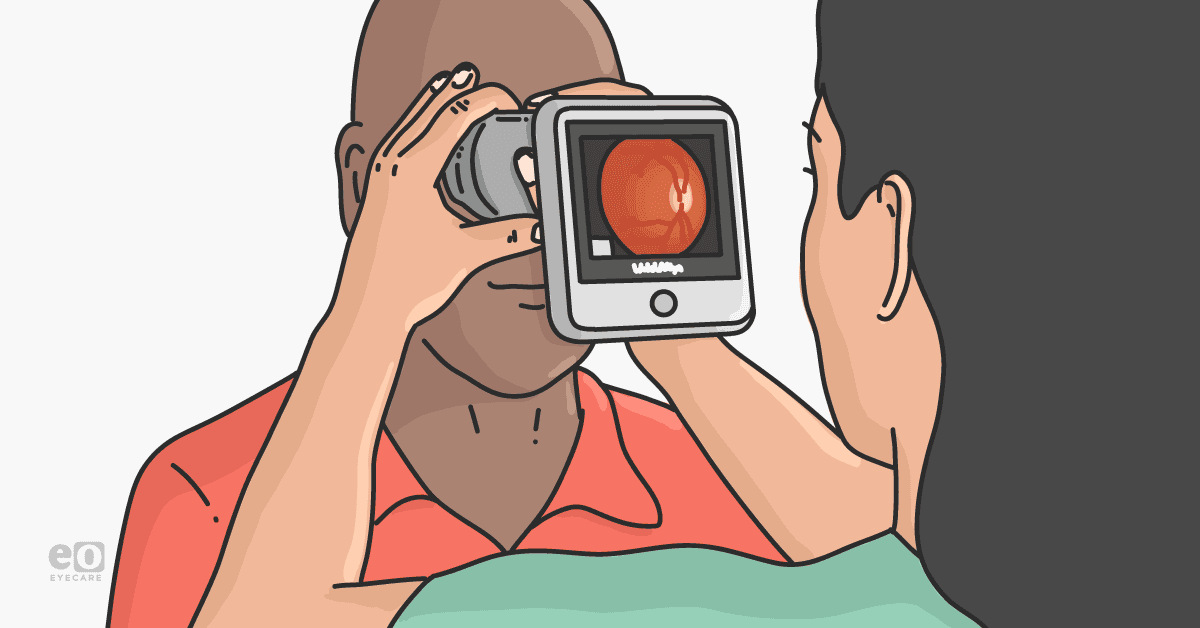When Photos Mislead: Avoiding Pitfalls of Teleretinal Imaging
Review clinical pearls eyecare practitioners can employ to optimize teleretinal imaging.
- Karmel, M. Retinal imaging: Choosing the right method. American Academy of Ophthalmology. Published April 28, 2016. Retrieved March 13, 2023. https://www.aao.org/eyenet/article/retinal-imaging-choosing-right-method.
- Chuter BG, Lieu A, Dayao JKO, et al. (2022, December 20). Impact of COVID-19 on the delivery of eye care to uninsured diabetic patients at a student-run free clinic: A comprehensive evaluation of eye clinic performance. Journal of student-run clinics. Published December 20, 2022. Retrieved March 11, 2023. https://www.ncbi.nlm.nih.gov/pmc/articles/PMC9991481/.
- Garg S. Teleretinal Imaging for Diabetic Patients Collaboration between primary care and retina specialists will be critical. Retinalphysician.com. Published October 1, 2018. Retrieved March 11, 2023. https://www.retinalphysician.com/issues/2018/october-2018/teleretinal-imaging-for-diabetic-patients.
- Kumar A, Gupta Y. Wide Field Retinal Imaging Systems. EyeWiki. Published December 2022. Retrieved March 9, 2023. https://eyewiki.aao.org/Wide_Field_Retinal_Imaging_Systems.
- Lee SC, Alber S, Lieng MK, et al. Teleophthalmology using remote retinal imaging during the COVID-19 pandemic. Telemedicine journal and e-health:the official journal of the American Telemedicine Association. Published January 5, 2023. Retrieved March 15, 2023. https://pubmed.ncbi.nlm.nih.gov/35612464/.
- Nikolaidou A, Tsaousis KT. Teleophthalmology and Artificial Intelligence as game changers in ophthalmic care after the COVID-19 pandemic. Cureus. PUblished July 14, 2021. Retrieved March 17, 2023. https://www.cureus.com/articles/63413-teleophthalmology-and-artificial-intelligence-as-game-changers-in-ophthalmic-care-after-the-covid-19-pandemic#!/
- Hillrom. Six conditions that are detectable with a retinal camera. Hillrom. (n.d.). Published June 2, 2021. Retrieved March 12, 2023. https://www.hillrom.com/en/news-center/six-conditions-that-are-detectable-with-a-retinal-camera/.
- Stanimirovic A, Francis T, Shahid N, et al. Teleretina screening of diabetic retinopathy among at-risk populations: An economic analysis. Can J of Ophthalmol. Published August 10, 2019. Retrieved March 13, 2023. https://pubmed.ncbi.nlm.nih.gov/31712029/.
- Strachovsky M. Top 10 digital retinal imaging for an eye doctor's practices. Nava Ophthalmic. Published November 11, 2021. Retrieved March 13, 2023. https://navaophthalmic.com/top-10-digital-retinal-imaging/.
- Tirado Lizárraga, M. Radial keratotomy: Complications Management. EyeWiki. Published January 21, 2022. Retrieved March 11, 2023. https://eyewiki.aao.org/Radial_Keratotomy:_Complications_Management.
Mark Shokralla, BA, is a third-year medical student at William Carey University College of Osteopathic Medicine. He graduated in 2019 with a BA in Biology from the University of North Texas.
Soungmin Cho, MD, is a resident physician at Loma Linda University. He graduated from Pacific Union College with a bachelor's degree in biology and received his medical degree from Loma Linda University School of Medicine.
Harris Ahmed DO, MPH is a vitreoretinal surgery fellow physician at Weill Cornell. He is a leader in health policy, serving in national leadership positions in multiple organizations including the AMA, AOCOOHNS, and AOA. He has authored many publications and given lectures on public health advocacy and health policy, specializing in topics such as scope of practice, physician distribution, and medical education. He is currently serving on the board of Trustees for the California Academy of Eye Physicians and Surgeons.
David Almeida, MD, MBA, PhD, is a vitreoretinal eye surgeon offering a unique voice that combines a passion for ophthalmology, vision for business innovation, and expertise in ophthalmic and biomedical research. He is President & CEO of Erie Retina Research and CASE X (Center for Advanced Surgical Exploration) in Pennsylvania.
Dr. Eric K Chin is a board-certified ophthalmologist in the Inland Empire of Southern California. He is a partner at Retina Consultants of Southern California, and an Assistant Professor at Loma Linda University and the Veterans Affair (VA) Hospital of Loma Linda. He is a graduate of University of California Berkeley with a bachelor’s of science degree in Bioengineering. Dr. Chin received his medical degree from the Chicago Medical School, completed his ophthalmology residency at the University of California Davis, and his surgical vitreoretinal fellowship at the University of Iowa. During his residency and fellowship, he was awarded several accolades for his teaching and research in imaging and novel treatments for various retinal diseases.
